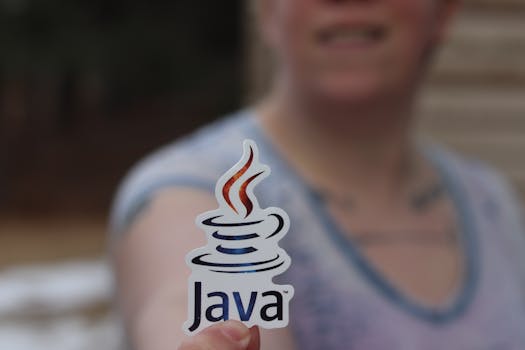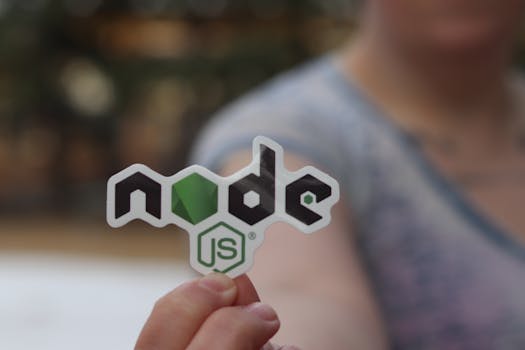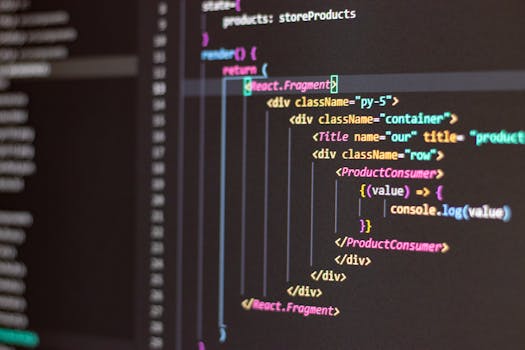🐧 Linux Demystified: From Command Line to System Control
🧾 Course Description
Linux is the backbone of the internet, powering servers, cloud infrastructure, and developer machines worldwide. In “Linux Demystified”, you’ll master the fundamentals of using Linux from the command line — a critical skill for developers, DevOps engineers, system administrators, and ethical hackers.
This course takes you from absolute basics to performing real-world tasks like managing files, users, services, and shell scripting. Whether you’re new to Linux or looking to build confidence in the terminal, this hands-on course will make the CLI your comfort zone.
✅ Key Benefits
- 💻 Foundational for DevOps & Cloud — Essential skill for Docker, Kubernetes, AWS, and CI/CD workflows
- 🧠 Master the Terminal — Learn practical bash commands and automation
- 🗃️ Real-World Use Cases — Navigate, manipulate, and secure files and processes
- 🧰 Boost Developer Efficiency — Speed up tasks using CLI shortcuts and scripts
- 🔐 Security-Aware Admin Skills — Understand permissions, users, sudo, firewalls
🎯 Pre-requisites
- No prior Linux experience needed
- Basic computer literacy (using keyboard, files, and terminal concepts)
- Optional: familiarity with programming is helpful but not required
📚 Curriculum Breakdown
🧱 Module 1: Getting Started with Linux
- What is Linux? Distros explained
- Installing Ubuntu/Linux on VirtualBox or WSL
- Understanding file system layout and root structure
📂 Module 2: File System & Navigation
- Commands:
ls,cd,pwd,mkdir,rm,touch,cp,mv - File paths: relative vs absolute
- Using wildcards and hidden files
🔧 Module 3: File Permissions & Ownership
chmod,chown,umask- Understanding
rwx,777, symbolic and numeric modes - Groups and permission management
🧑💻 Module 4: User and Group Management
- Creating and deleting users
- Managing groups,
usermod,passwd - Sudo privileges and
/etc/passwd
🔁 Module 5: Process and Service Management
- Understanding processes and PIDs
- Commands:
ps,top,kill,nice,systemctl,service - Starting/stopping/restarting services
📦 Module 6: Package Management
- APT (Debian/Ubuntu) and YUM (RHEL/CentOS)
- Installing, updating, removing software
- Adding repositories
🛠️ Module 7: Shell Scripting Basics
- Writing and executing
.shscripts - Variables, conditionals, loops
- Automating system tasks
🔐 Module 8: Security and Networking (Intro)
- SSH and remote login
- UFW firewall basics
- Viewing open ports:
netstat,ss,lsof
🛠️ Mini Project (Optional)
- Write a backup script or system monitor script
- Create a multi-user environment simulation
⏱️ Duration (Based on Daily Study Time)
| Daily Study Time | Duration | Learning Style |
|---|---|---|
| 2 hours/day | 18–20 days (~3 weeks) | Ideal for working professionals |
| 4 hours/day | 9–10 days (~2 weeks) | Good balance for job seekers |
| 6 hours/day | 6–7 days (intensive) | Bootcamp-style fast track |
🎓 Outcome
By the end of Linux Demystified, you will:
- Confidently navigate and control Linux systems via CLI
- Automate tasks using shell scripting
- Manage users, permissions, services, and software
- Be job-ready for DevOps, cloud, sysadmin, or security foundations










